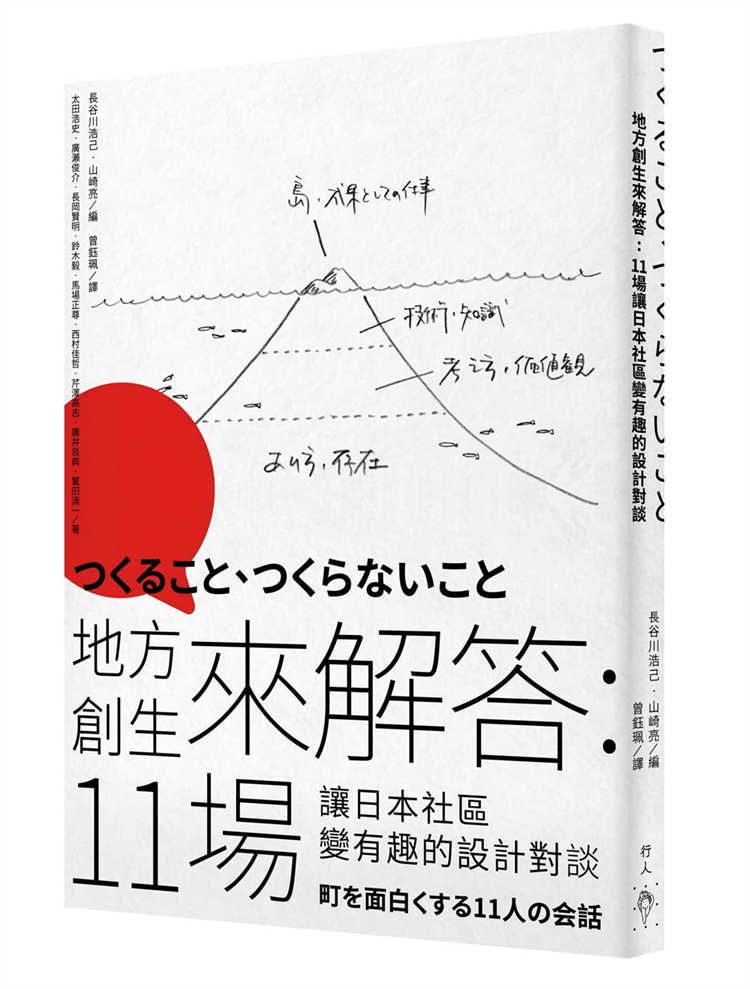before separation
"For a long time" I always heard people say this: Hong Kong is a cultural desert. I always feel anonymous because it's just an illusion created by the flow of information. This notion should not still exist today because there is more and faster information than it was twenty years ago. There are so many activities every weekend, often difficult to choose, or regret choosing the wrong activity. What I owe now is whether the individual has the energy to sort out the information. Just like this month (September), at least 14 "bookstores" have opened in Hong Kong. You read that right, I wrote it right, it's "14 rooms". Of course, these 14 are not located in 14 locations, but in two locations, with 7 bookstores operating.
This is Qifenyi Bookstore, which operates "separately" in Dongnan Building Art Hotel and Da Nan Street. Emphasis on "separate" business is because the 14 shopkeepers (although they say they are shopkeepers) have their own unique book selections and cannot be replaced. Such a cultural event, it is natural to go to the market. I have bought 13 copies in 14 bookstores. It will be introduced later.
~~~~~~~~~~~~~~~~~~~~~~~~
First of all, the first book is an introduction. It is the Yelu Dead Hard Bookshelf from Qifenyi Bookstore@大南街, "Place Creation to Answer" co-authored by Hasegawa Hiroshi and Yamazaki Ryo. The introduction to this book was chosen for two proximate reasons:
The first is the opening of the Portland Street Garden after renovation. The pink match attracts everyone's attention. There will be crowd gatherings in the future. But with this time there is a lot of noise.
The second one was when I went to Qifenyi Bookstore@Southeast Building to visit the bookstore, and I happened to meet them for a book club. I didn't join, just listened on the periphery. The title of the book on the day was "Reunion/Separation", and the participants introduced the books on the combined topic. And I, in my head, wondered what book would be suitable. I have thought about Teacher Pan Guoling's new work "Leaving", but it is too "sticky" and doesn't fit my personality.
When I got home, I didn't put down the title of the book and continued to think about it. Suddenly I thought: separation and separation can be a moment or a period of time, but the previous state of the two will be connected to "gathering". What can make people "gather"? square. A plaza can be a mall. Mr. Huang Biyun's "Shopping Mall" published in the next week has a very good explanation.
A square can also be a garden, such as the West Kowloon Cultural District; it can also be a square.
~~~~~~~~~~~~~~~~~~~~~~~~
The first time I met Ryo Yamazaki was when he participated in the Run Of Page event. The design of Mody Road Garden, Match, introduced how Ryo Yamazaki influenced his participation in community building. And this book "Place Creation Answers" explains place creation through dialogues with 9 designers and architects.
Yamazaki Ryo attaches great importance to the participation of residents. In his book, he puts it this way:
Where possible, local residents are expected to be involved in all decision-making processes. After understanding the natural environment of the land and the current situation of the town, it is up to the residents to decide whether they need hardware construction or soft decent system. I think the ministry and council should not make their own decisions, but create a mechanism for people who live in that area to be able to express their opinions. My goal is to design a mechanism that allows each resident to pay attention to their own living environment, and then use their own power to make their hometown better. Such an attempt is possible in a town with a small population, perhaps a few thousand people. (page 61)
Resident participation is a kind of "gathering" - gathering all opinions and finding consensus in constant discussions. This is an essential element of a rational society, which may not necessarily satisfy everyone, but it will become the least common factor.
The local space will be another kind of "gathering", that is, the "existence" of people. Professor Takeshi Suzuki mentioned in the conversation:
The reason why I started to think about the "mode of existence" of human beings can be traced back to around 1990. At that time, I was studying professional architectural plans, changing from general building types to using human activities to cut in. Field trips to cities around the world show that although Japanese cities are well designed in individual buildings and facilities, they are poor as a "place". In other words, although the appearance of the city has become beautiful, there is no place where people feel a sense of belonging. ... (Page 75)
A place of belonging is another one that takes time to build, and ultimately returns to a basic question: for whom to build it.
With only 173 pages, this book is a good introductory book for those who want to understand what place creation and community building are.
Bookstores must be "gathering", only money "disperses". Is it part of community building? Let's experiment together!
~~~~~~~~~~~~~~~~~~~~~~~~
Extended information:
【New bookstores debut】 Two "Qifenyi Bookstores" in Southeast Building and Danan Street opened, the first "Bookstore Incubator" program to cultivate new store managers (Ming and Zhou Culture) - https://www.mpweekly.com/culture/%e7% 8d%a8%e7%ab%8b%e6%9b%b8%e5%ba%97-189787
Huang Biyun's new work: "Shopping Mall" (Ming and Zhou Culture) -
https://www.mpweekly.com/culture/Huang Biyun-Hong Kong Literature-Works-189349
【Creative Space】Three years of free public space in colorful Mody Road Garden (Ming and Zhou Culture) - https://www.mpweekly.com/culture/kacama-%e5%85%ac%e5%85%b1%e7%a9 %ba%e9%96%93-%e5%b0%96%e6%9d%b1-48932
"Place Creation Comes to Answer: 11 Design Talks That Make the Japanese Community Interesting" (from blog) - https://www.books.com.tw/products/0010896138

Like my work? Don't forget to support and clap, let me know that you are with me on the road of creation. Keep this enthusiasm together!
